In a given year, almost 24 million people travel away from home to see, photograph, and/or feed wildlife and many of them are bird watchers.
The unique colors and shapes of birds, married to their deep symbolism and association with freedom, make birds a source of great fascination for those who enjoy feeling a profound connection to nature.
If you are planning your next bird watching trip, and you’d like to discover species that are rarely found in your area, consider flying to the abodes of these three rare and stunningly beautiful birds.
The Cebu Flowerpecker (Dicaeum Quadricolor)
The Philippines is known for comprising thousands of islands but when it comes to bird watching, Cebu—the largest island in the Visayas region—is undoubtedly a favorite. Cebu is home to the Cebu Flowerpecker. The male of the species boasts four rich colors—scarlet red, deep blue, pristine white, and yellow.
These birds were once thought to be extinct, but they were rediscovered in 1992 in a small limestone forest (the Nug-as forest) in the center of Cebu and today, great efforts are being made to avoid their extinction.
Cebu Flowerpeckers are small and fast to take flight, so it will take patience and extra clear binocular lenses to capture the birds in action. Qualities to look for include high-quality glass, nitrogen filling to avoid fogging, and at least 8x magnification. Make sure to invest in a sturdy pair, as the Philippines is known for its rainy weather.
The Blue-Eyed Ground Dove (Columbina Cyanopis)
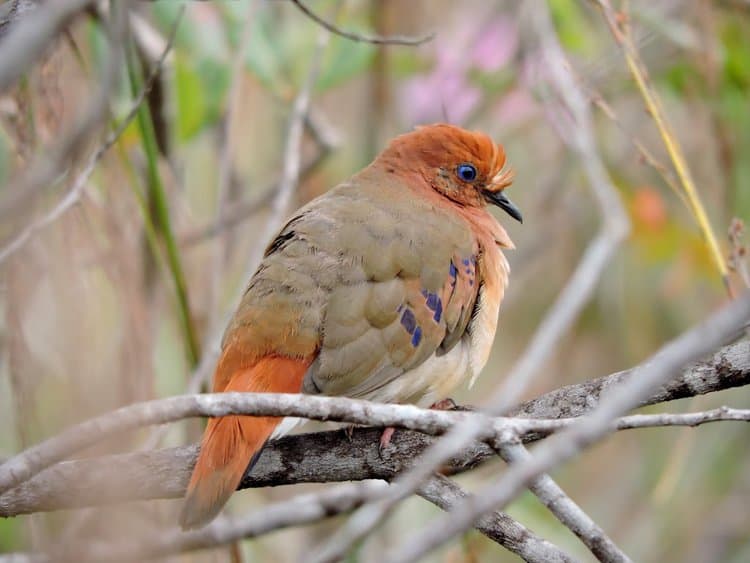
Found in the Minas Gerais area in Brazil, this unique bird was thought to be extinct, until 12 birds were found in 2015.
Blue-eyed ground doves have a beautiful, toasty golden head and tail, a golden breast, sparkly blue eyes, and ink-blue spots along their flanks. They favor savanna and grasslands and forage in pairs on the ground.
This bird sings a unique, soft song that goes something like this: “Wha… wha… wha…” following its rediscovery, this species is being studied and monitored by SAVE Brasil—an organization which focuses on areas like conservation, ecotourism, and community engagement.
The Vogelkop Superb Bird-of-Paradise (Lophorina niedda)
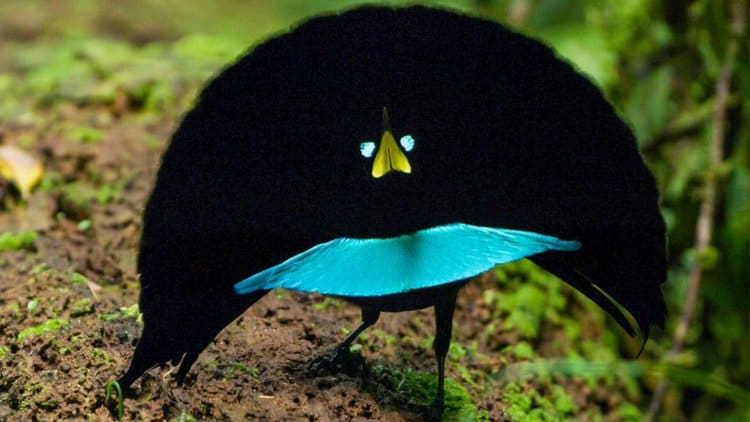
The Vogelkop Super Bird-of-Paradise hails from the Vogelkop island in west New Guinea. It is a relatively new discovery, since for many years, scientists confused it with the Super Bird-of-Paradise (Greater lophorina).
Recently, ornithologists began noticing marked differences between the species, including mating dances and chirps. The females from both species also differ noticeably. If you’re lucky, you may observe a male Vogelkop Super Bird-of-Paradise performing its courtship dance. It opens up its ebony-hued cape, revealing a shock of blue on its breastplates and azure eyes that stun against an all-black background. The male performs a semi-circular choreography, dazzling the female with its grace until she can no longer resist.
Bird-watching is a pastime that never ceases to amaze. Just when you thought you had identified all species, new ones are discovered. Moreover, some species thought to be extinct have shown that they have successfully struggled to survive. Today, it is possible to view many of them within their protective habitats and to get involved in stopping their extinction.
Lead Image: Cebu flowerpecker: It was feared to have become extinct early in the 20th, but was rediscovered in 1992. The current population is estimated to be between 85 and 105.
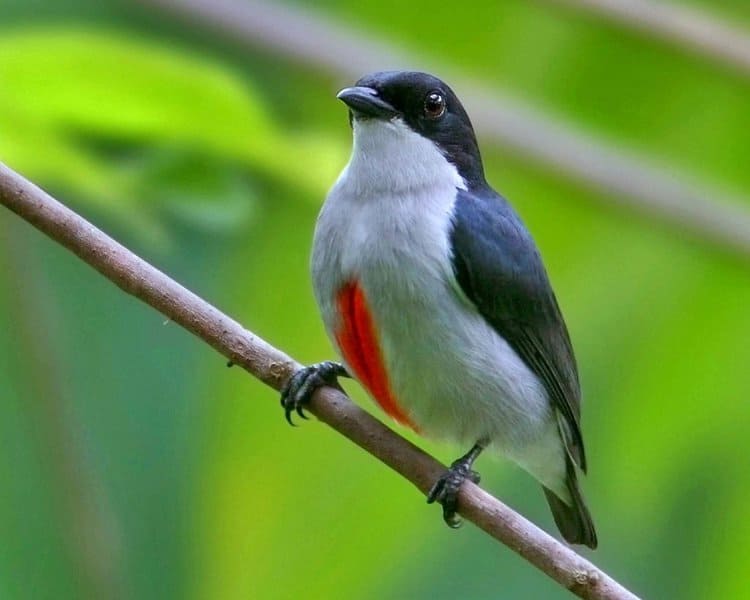
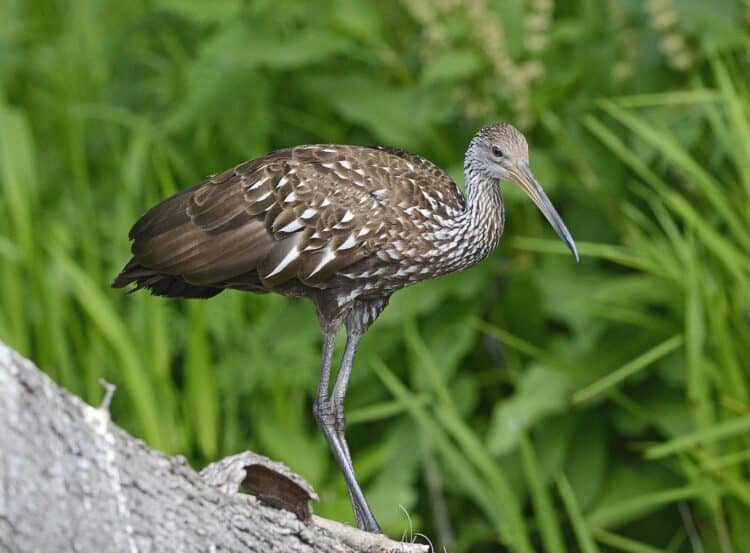
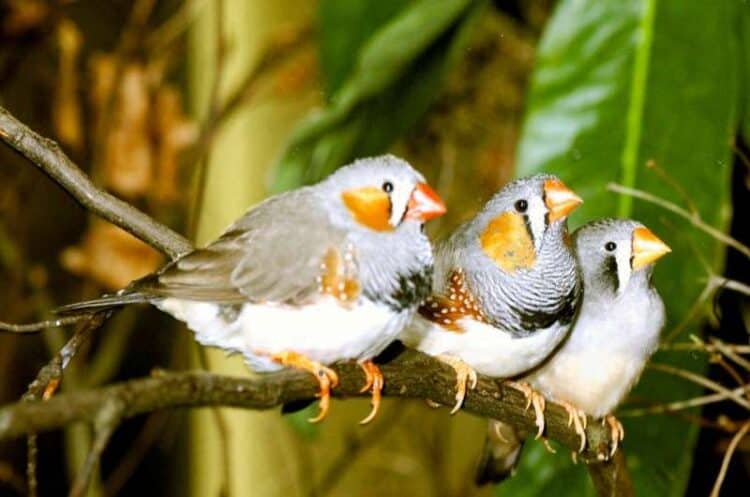
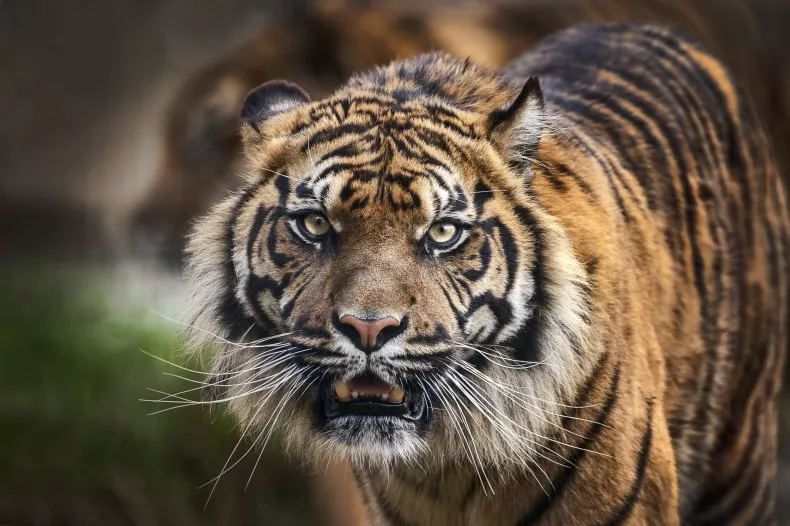
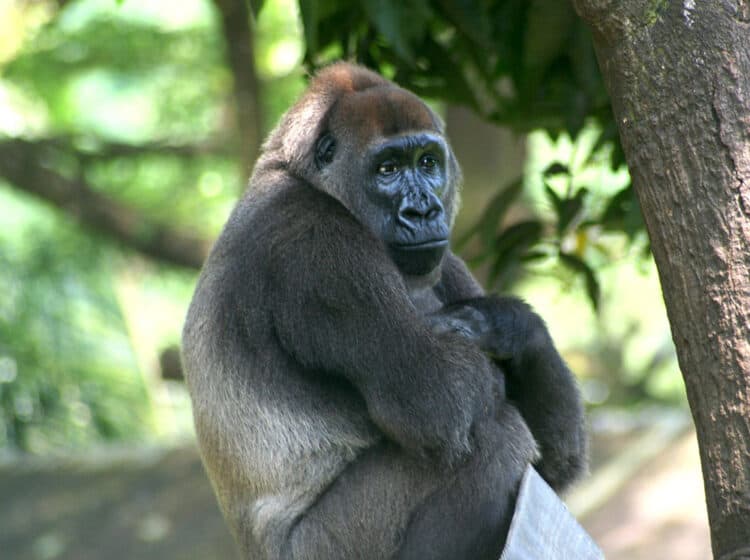
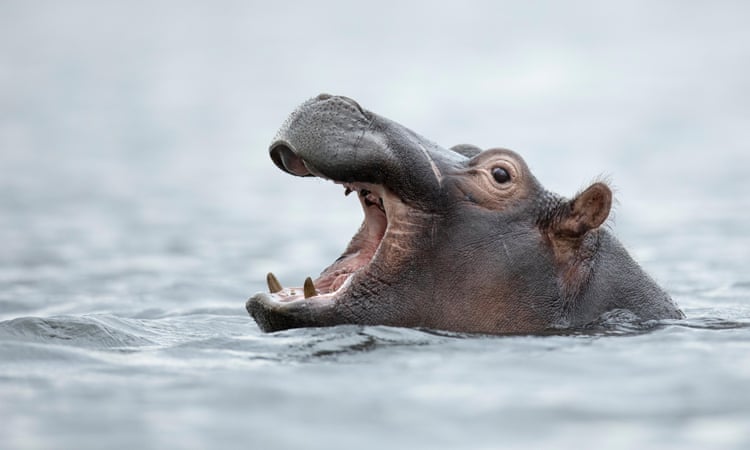

Leave a Reply